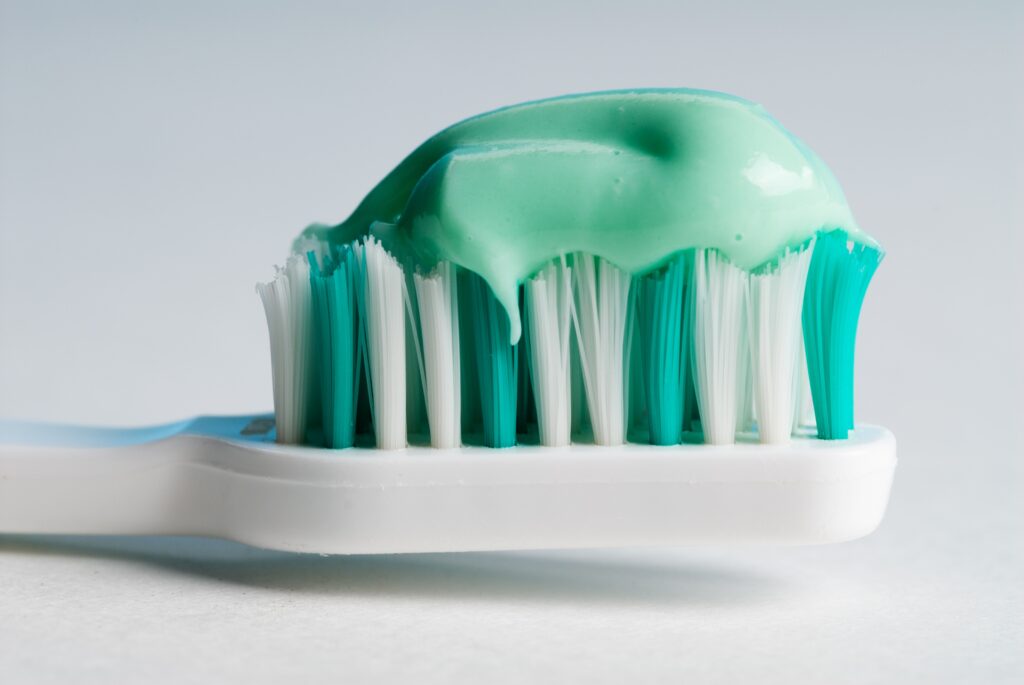What Does Dental Bonding Cost?
Dental bonding is a procedure where a tooth-colored resin material is used to restore or improve one or more teeth. For example, if a tooth has chipped or cracked, a cavity needs to be filled, a gap closed between teeth, or the shape of a tooth changed to match the teeth around it, bonding may be recommended. It’s considered a cosmetic alternative to the metal amalgam often used in fillings. In fact, some dentists use the terms “bonding” and “filling” almost interchangeably when talking about cavities.
Bonding refers to a composite material that matches the color of the tooth to which it attaches (or “bonds”). Ultraviolet light hardens the bond, which is a quick solution for repairing chips or filling a decayed area. Some people even use this procedure in lieu of braces to improve the shape of their teeth. Though its classification may occasionally cross the line into “cosmetic dentistry,” several dental savings plans may still cover this procedure.
Whether you’re looking to repair a chipped tooth or brighten your smile, it’s important to know teeth bonding costs, factors that affect dental bonding costs, and how teeth bonding works. Below, we’ll answer these common questions so that you can be fully aware of the ins and outs of this procedure. Learn more about how much teeth bonding is by using the links below.
Does Dental Insurance Cover Bonding?
Many people are typically insured for “necessary” bonding to fill a tooth or a chip caused by an accident. “Cosmetic” dental bonding usually does not fall into that category, and patients might have to pay for the entire procedure. This is because cosmetic dentistry is optional, and many insurance companies don’t always consider these procedures necessary to maintain the quality of life and optimal health. This can make cosmetic dental costs somewhat expensive if you don’t have dental insurance.
However, there are several dental savings plans that cover all bonding procedures, which could greatly reduce your out-of-pocket costs.
What Does Dental Bonding Cost?
Depending on the type of coverage you have, teeth bonding costs can vary greatly. In most cases, dental bonding costs are much lower if you have dental insurance. However, there are alternatives that can help reduce the amount of money you pay for teeth bonding, such as dental savings plans. Below, we’ll outline how much dental bonding costs with and without insurance.
How Much is Teeth Bonding With Insurance?
If used to fill a cavity, bonding should cost about $90-$300 with insurance, depending on the cavity’s severity. The typical cost changes based on the purpose of the bonding.
Dental insurance might cover 50-80% of this procedure, though some plans might take off a larger percentage. Sometimes it is less expensive if a composite filling is used to replace a broken amalgam one.
How Much Does Dental Bonding Cost Without Insurance?
Unless it is also necessary to maintain tooth structure, bonding for cosmetic reasons is often not covered by insurance. The average cost for this bonding classification is $300-$600 per tooth, though it can be as low as $100 or as high as $1,000. The price can change based on the complexity of the procedure, the dentist’s expertise, or the cost of living in the area.
Dental Savings plans, however, can help with this cost. While the process is relatively inexpensive for simple procedures, more complex situations might require veneers ($500-$1,300 per tooth) or crowns ($500-$3,000 per tooth).
Cost Factors of Teeth Bonding
Not every smile is the same, which is why teeth bonding costs might vary depending on different factors. Knowing the factors that affect dental bonding costs is important because it can help you better understand how to find more affordable dental bonding costs and options. Some cost factors of teeth bonding include:
- Number of teeth that need treatment: As with most purchases in life, the more you buy, the greater the expense. With that said, teeth bonding costs are often much more expensive for multiple teeth compared to a single tooth.
- Dentist’s experience: In most cases, the more experienced the dentist, the more they might charge you for dental bonding services. However, with more experience can come more peace of mind knowing the procedure will be carried out with no complications.
- Size of the treatment area: Dental bonding can cover both small and large areas. The larger the area, the more teeth bonding services will cost. For example, repairing a small crack is often much cheaper than resurfacing an entire tooth.
- Dentist office location: The location of your dentist’s office will also determine the teeth bonding cost, as each area across the country has its own standard cost of living.
- Additional treatments: In some cases, you might require additional dental treatments. However, you can inquire with your dentist about possible bundle treatments or discounts to help lower the price.
How Does Dental Bonding Work? (Bonding Process)
Getting any procedure performed on your teeth can be a nerve-racking experience. Fortunately, dental bonding is a relatively straightforward process that can be completed in under an hour in a few simple steps:
- Step 1: Dentist roughens tooth’s surface with a chemical solution or light, abrasive material so bonding will adhere.
- Step 2: The resin is applied like a putty and is shaped around the tooth.
- Step 3: Dentists harden the composite with a laser or ultraviolet light.
- Step 4: The bonding is shaped and polished.
If placed correctly, a bond can last up to 10 years. It is a simple procedure requiring no anesthesia unless it is used to fill a decayed tooth.
The entire process should take no more than an hour, though minor cases can take as little as 30 minutes. Sometimes a lab will create the resin material to perfectly match the patient’s tooth color, which may require an extra visit.
A bond can be an efficient, relatively inexpensive way to repair a scratch or even perfect your smile. Dental savings plans may help reduce the expense to make this procedure a more affordable option.
Maintaining Dental Bonding
Once you have your smile restored with dental bonding, it’s important to maintain your bonded teeth over time. This way, you can keep your teeth in top shape without any blemishes tarnishing your smile. To maintain dental bonding, follow these tips:
- Avoid coffee, red wine, and tea, which can stain your teeth.
- Quit smoking, which can not only stain your teeth but can lead to oral cancer and gum disease.
- Steer clear of biting down on hard objects like your nails, pencils, and ice.
- If you notice anything out of line with your teeth, reach out to your dentist—they can typically touch up or repair dental bonding fairly easily.
With these dental bonding maintenance tips, you can keep your dental work intact for years to come.
Ways to Save on the Cost of Bonding
In most cases, insurance providers won’t cover dental bonding because it’s considered a cosmetic procedure. Because of this, you might end up paying for the entire procedure out of pocket, which can be fairly expensive. Knowing the differences between dental insurance and dental savings plans can help you better understand which procedures can be financed by both types of plans.
If you need dental bonding, dental savings plans can be used alone or to supplement existing insurance to bring the cost down. Even better, there is no waiting period when it comes to using your dental savings plan, which means you can get teeth bonding services when you need them. See how our dental savings plans work, so you can save money while taking care of your dental health.
Summary – Why is the Care 500 Plan
our best seller for bonding?
- See exact procedure prices online (not estimates)
- Large provider list of dentists
- Great savings at general dentists (and specialists)
- Millions of members, in business since 1979
- At an everyday low price – no gimmicks






